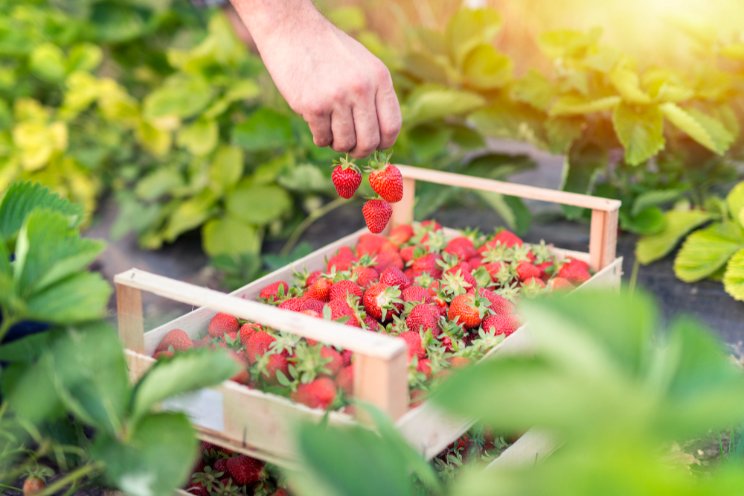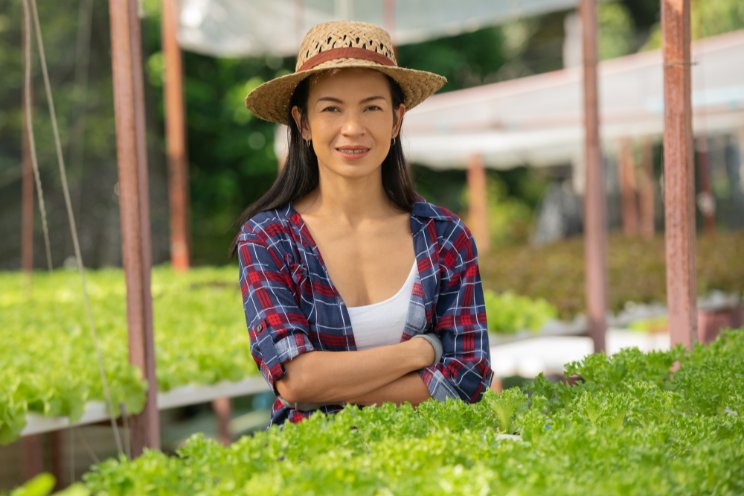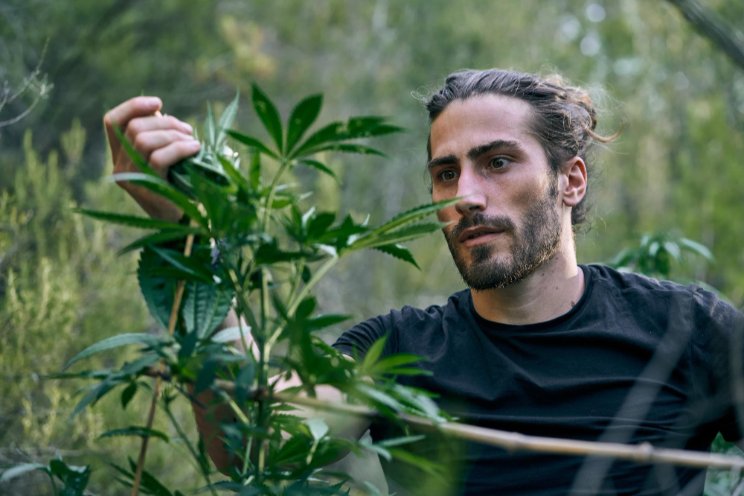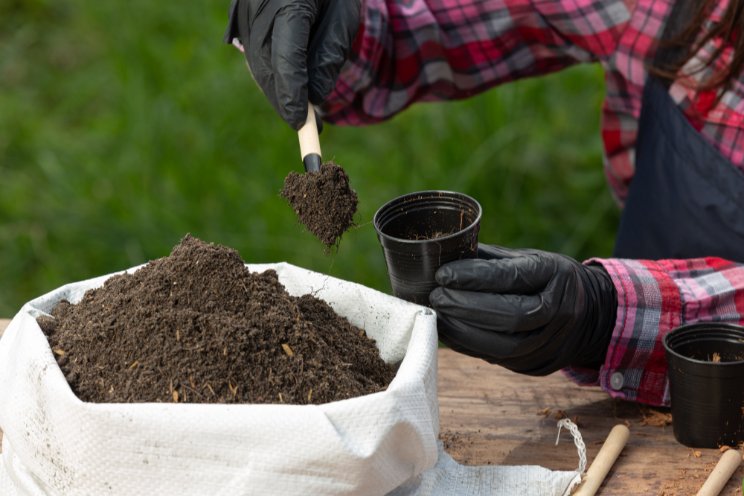Solving bee problem by planting flowers
Added on 12 February 2020
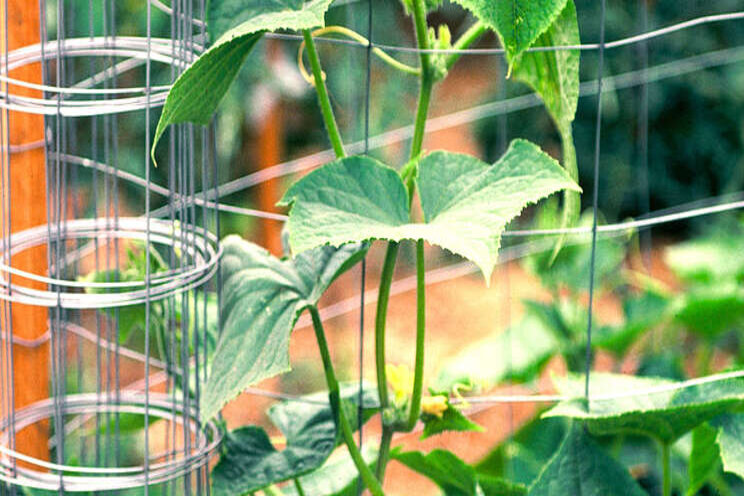
Dear Neil: I've had trouble for years getting cucumbers to pollinate. Should I plant flowers nearby to attract bees?
Answer: There's nothing wrong with planting flowers that attract bees naturally in the vicinity, but that may not be the solution. Make sure you have male and female flowers on your cucumber plants.
The male flowers will come first. They will have straight stems, and the pollen will be visible within the flowers. The female flowers will have swollen stems that will develop into the fruit if the flowers are pollinated. Try removing some of the male flowers, peeling the petals back and daubing the pollen onto the female flowers. It may be simply that you have a shortage of bees in your neighborhood. This poor fruit set issue is a common problem with squash and other members of the cucumber family.
Dear Neil: My crape myrtles had those awful scale insects on their trunks last year. I followed your guidelines and used Imidacloprid. It did a perfect job of getting rid of them. My question now is this year: Do I need to wait until I see them, or should I apply it preventively?
Answer: Texas A&M and other universities are conducting extensive research on this insect and how we should deal with it. However, the latest information I have remains the same. That is that we should apply Imidacloprid as a soil drench in early to mid-May. That should stop the populations for that growing season.
Dear Neil: We have a ranch in South Texas. We are blessed to have some magnificent large old live oak trees. However, beneath some of those trees are many sprouts coming up. How can we eliminate the sprouts without harming the big trees?
Answer: Unfortunately, that is a genetic trait of probably 10 or 15 percent of our live oaks. Those sprouts are tethered to their mother trees, so anything you do to spray them will be carried directly back to the mamas. I would recommend keeping them mowed very close to the ground. There just isn't much else you can do.
Dear Neil: I saved seeds from my daylily blooms, and I'd like to plant them. I know they won't be the same as their mother plants, but I'd like to try. When and how do I do it?
Answer: I have grown daylily seeds many times. I love the plant, and they are so easy to hybridize. Like you, I stored my seeds and planted them the following early spring (March) into 4-inch pots. However, an award-winning daylily hybridizer friend of mine told me that he planted his seeds as soon as the pods opened. Sure enough, he had transplants large enough to set out that first fall. But you can still do well with yours. Once they are growing and several inches tall, you'll want to plant them into rows in your garden. Space the plants 6 inches apart initially, with the rows 18 inches apart. That will give you room to work the plants and discard any inferior ones as soon as you can determine that they offer nothing special. Aim to keep no more than maybe 10 or 15 percent for further analysis. If you're a thorough breeder and researcher, you'll end up discarding many of those as well.
Dear Neil: We have a fairly small space between our driveway and front walk. It's less than 5 feet wide and 4 feet deep. We have a low window between the front door and the garage door as well. I'd like a shrub or small tree there. I planted an agave, but several people have told me it will grow too tall.
Answer: From the sound of it, I agree on the agave. They are also dangerous plants that grow to be 8 feet tall and wide with extremely hazardous leaf tips. It needs to go. If this were my landscape, I would probably redo the front bed into a gentle and long, sweeping curve that would jump the walk and continue on to the drive. Let it extend out the full 4 or 5 feet from your house, and stick with lower shrubs beneath that window. Planting a tree or larger shrub in front of it would be distracting, plus it would block any view you might have out the window. I would consider a dwarf holly such as dwarf yaupon or Carissa. Carissa would be nice because of its bolder texture, but it is a bit prickly, so you'd have to keep it away from the walk and drive. Dwarf yaupon is soft-textured. Either plant would leave you room for groundcover or flowers in the front of the bed.
Dear Neil: I know it's about time to plant Irish potatoes. Are there any secrets to succeeding with them? I've not had the best success in past years.
Answer: You want to plant Irish potatoes about four weeks before the average date of your last killing freeze for your area. They need to be planted in raised beds of well-draining soil. Buy certified seed potatoes from a nursery or farm supply store. They will not have been treated with a growth retardant to prevent sprouting of the eyes. I prefer to cut my seed potatoes into larger chunks than many gardeners do. I will leave several eyes per piece. Lay them out on newspaper to dry in the air for a couple of days before planting them several inches deep into the loose, highly organic garden soil. It's a good idea to plant them into shallow trenches so that you can pull soil up as the sprouts start to grow. You can plant them fairly close together (10-12 inches) in the trenches (which should be 36 inches apart).
Keep them moist, and fertilize them monthly with a complete and balanced granular fertilizer. When the plants start to bloom, you will have new potatoes forming (my favorite harvesting size). When the tops start to die down, you will have baking size potatoes. Don't expect them to be the size of Idaho baker's, but they'll still be wonderful fresh potatoes.— Have a question you'd like Neil to consider? Mail it to him in care of this newspaper or e-mail him at mailbag@sperrygardens.com. Neil regrets that he cannot reply to questions individually.
Source and Photo Courtesy of Longview News-Journal
Source: News Journal
More news

